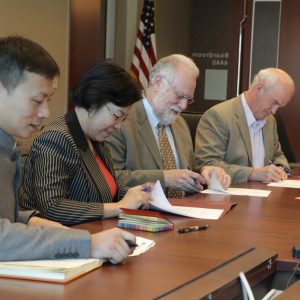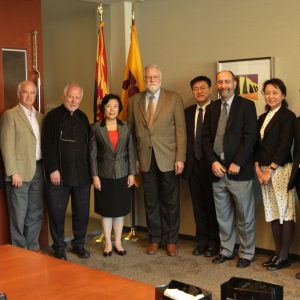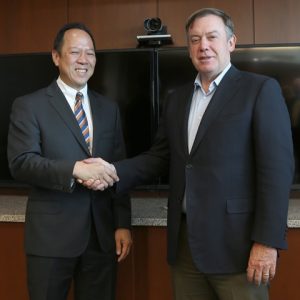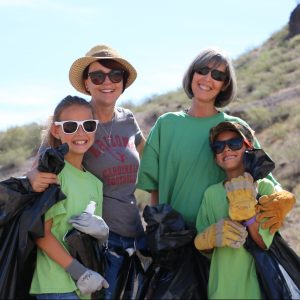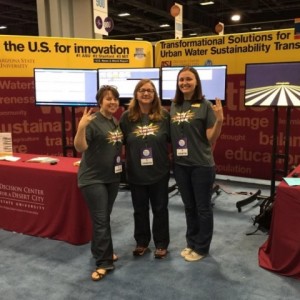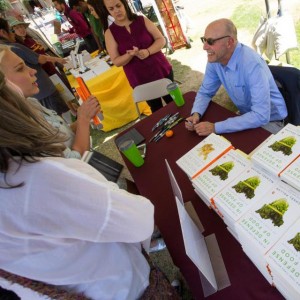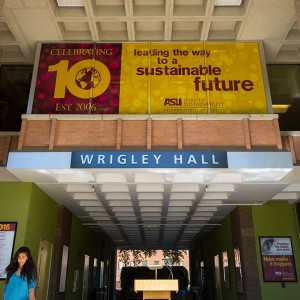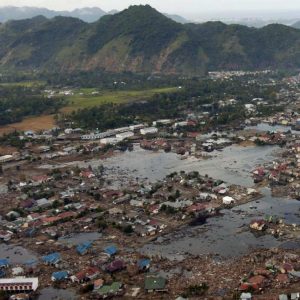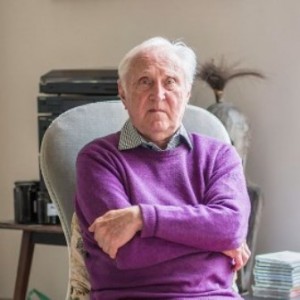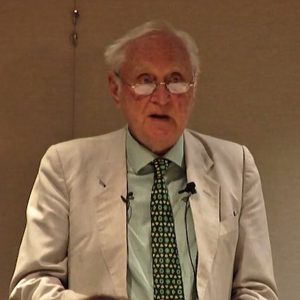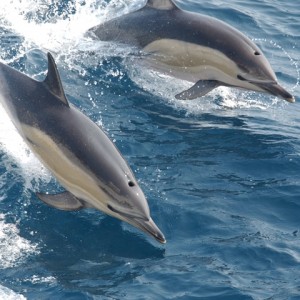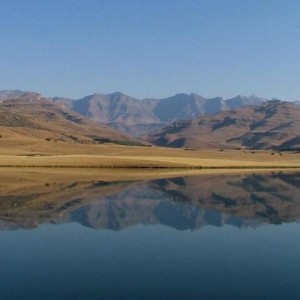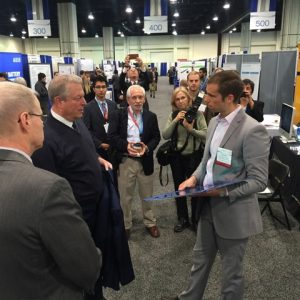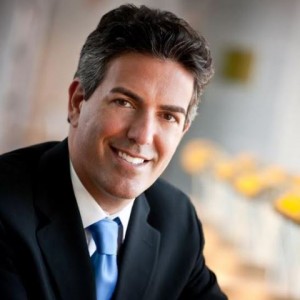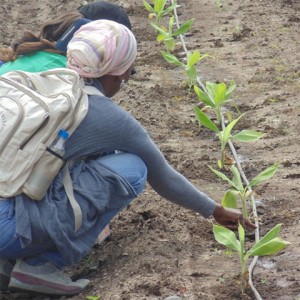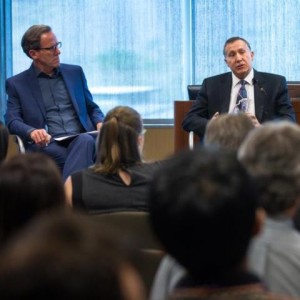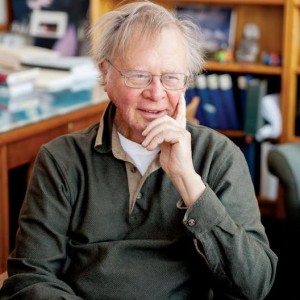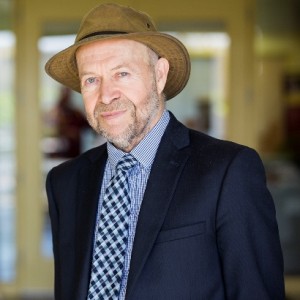Solar panels: worth it? ASU expert discusses on FOX 10
View Source | May 4, 2016
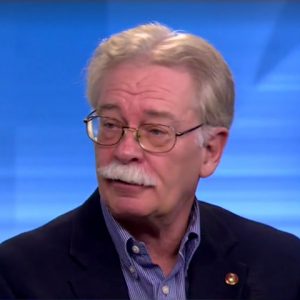 In a May 2016 segment of "Is it worth it?" on FOX 10 Arizona Morning, ASU senior sustainability scientist Harvey Bryan answered frequently-asked questions about installing solar panels on a home.
In a May 2016 segment of "Is it worth it?" on FOX 10 Arizona Morning, ASU senior sustainability scientist Harvey Bryan answered frequently-asked questions about installing solar panels on a home.
Bryan, a professor in The Design School, explained to hosts Rick D'Amico and Andrea Robinson that there are a variety of rooftop solar options available. They range from crystalline to thin-film, and vary in efficiency and price.
He confirmed that 85% of the rooftop solar market is constituted by power-purchasing agreements, where there are no up-front costs and you are paid for the energy that you generate. There are also leasing agreements, where you pay to lease the panels but get your energy for free, as well as outright purchasing.
In the instance of outright purchasing, an expensive option in the short-term, Bryan estimates owners can expect paybacks in six to eight years. This is because technology is reducing costs by up to 30% a year in some instances.
Bryan advises shopping around and getting at least three quotes prior to making a purchase.


